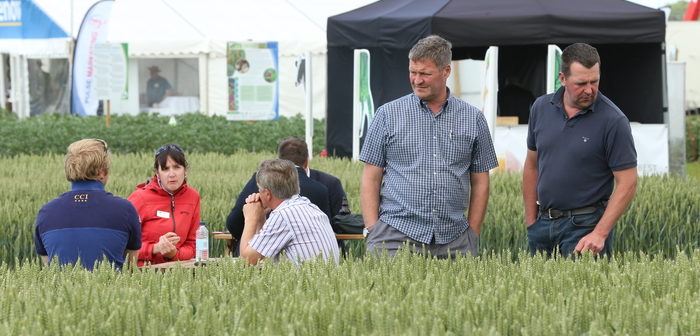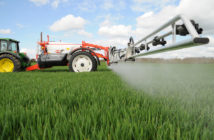Crop plots are back centre stage at the Cereals Event, meaning visitors can compare top varieties side by side.
The winter wheat and barley feature showcases new and popular Recommended List varieties, says arable project manager Jonathan Backhouse, who has curated 26 winter wheat and 14 winter barley varieties. “We have worked with seed breeders on what they feel are the most popular, in-demand varieties that we need to be showcasing.
“While many of these varieties are also on display elsewhere in the show, this central feature gives growers the opportunity to walk among them in one place for side-by-side comparison.”
Wheat varieties from Groups 1, 2, 3 and 4 will be represented and malting, 2-row feed, and 6-row hybrid barleys will also be on show. “There is at least one variety from every breeder on the list.”
This includes varieties from KWS, RAGT, Limagrain, DSV, Syngenta, Senova and Elsoms.
Growers continue to seek out high yielding varieties but disease resistance is also a key trait, says Mr Backhouse. “Yield is probably still the number one trait, but disease resistance is high on the agenda, as is versatility in wheats, allowing them to go for distilling or milling.”
LSPB is exhibiting for the first time at Cereals, seeing it as an opportunity to talk directly to farmers, says key account and product manager Michael Shuldham. “We have crop plots with a wide range of varieties. Highlights include new oilseed rape varieties with phoma resistance gene, RLMS.”
New spring wheat
There will also be a new spring wheat variety, WPB Escape, on LSPB’s stand. “This is a good, solid spring wheat – the second highest yielding spring variety on the RL at 105% of controls. It is a hard Group 4 and is likely to prove popular with farmers who have blackgrass problems or as a crop to follow sugar beet.”
For visitors interested in pulses, there is also a new winter bean variety, Pantani, from LSPB, on display. “It is an early maturing variety and its shortness helps reduce lodging risk,” says Mr Shuldham.
KWS is also exhibiting a number of its oilseed rape, hybrid rye, pea, oat and sugar beet varieties, says head of UK marketing, Scott Manning.
On the agronomy side, Corteva has an oilseed rape plot demonstrating the performance of its herbicide, Belkar, against cranesbill, cleavers and poppy. There are also plots showcasing the effect of biological products from Soil Fertility Services and Amino-A, says Ceres Rural agronomist, Will Cobley, who advises on agronomy at the event.
“After a kind autumn the crops have been in good condition; there has been a lot of wet weather in the last month though and we’re only just getting the first nitrogen application on now when ideally it should have been a month ago.”
Mildew spotted
Mildew has also been spotted in some winter wheats across the site, says Mr Backhouse. “It is representative of what we have in the East of England and not a cause for concern. Everything is in good shape.
“A challenge we often have in this area is an extended period of dry weather in spring. Last year the rain came at the right time but in the 2-3 springs before there was a horrendous drought. We just need rain little and often through April and May before the show in June.”




